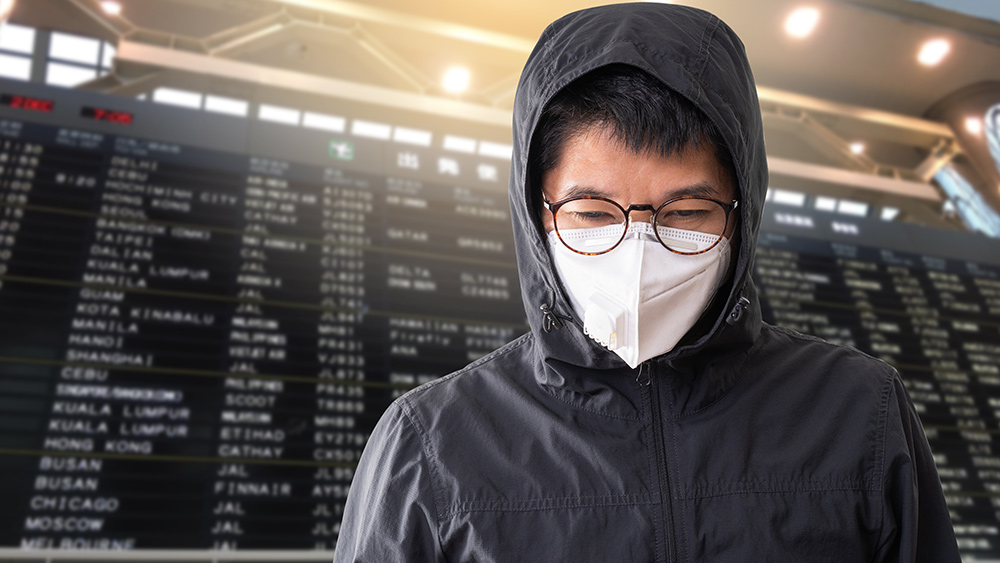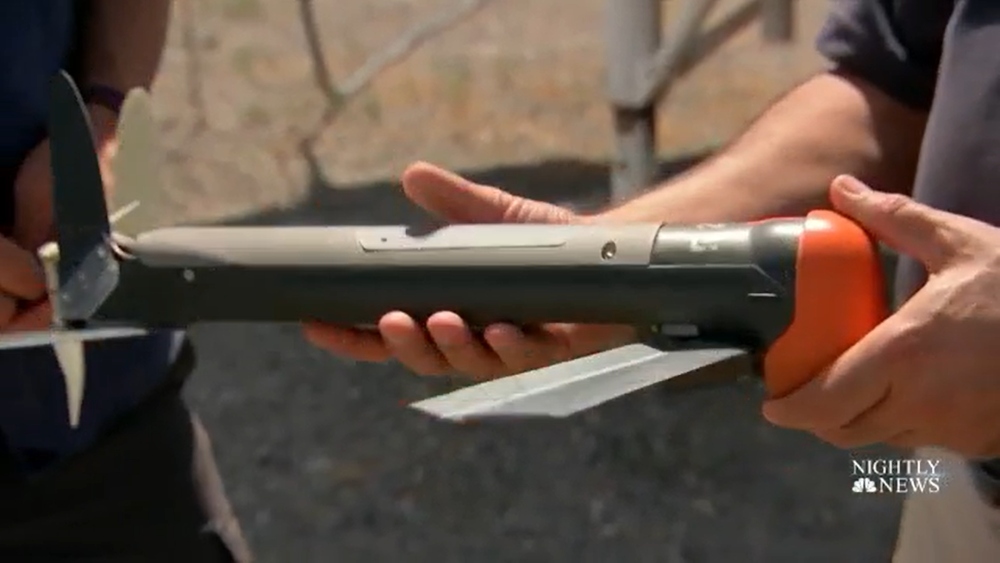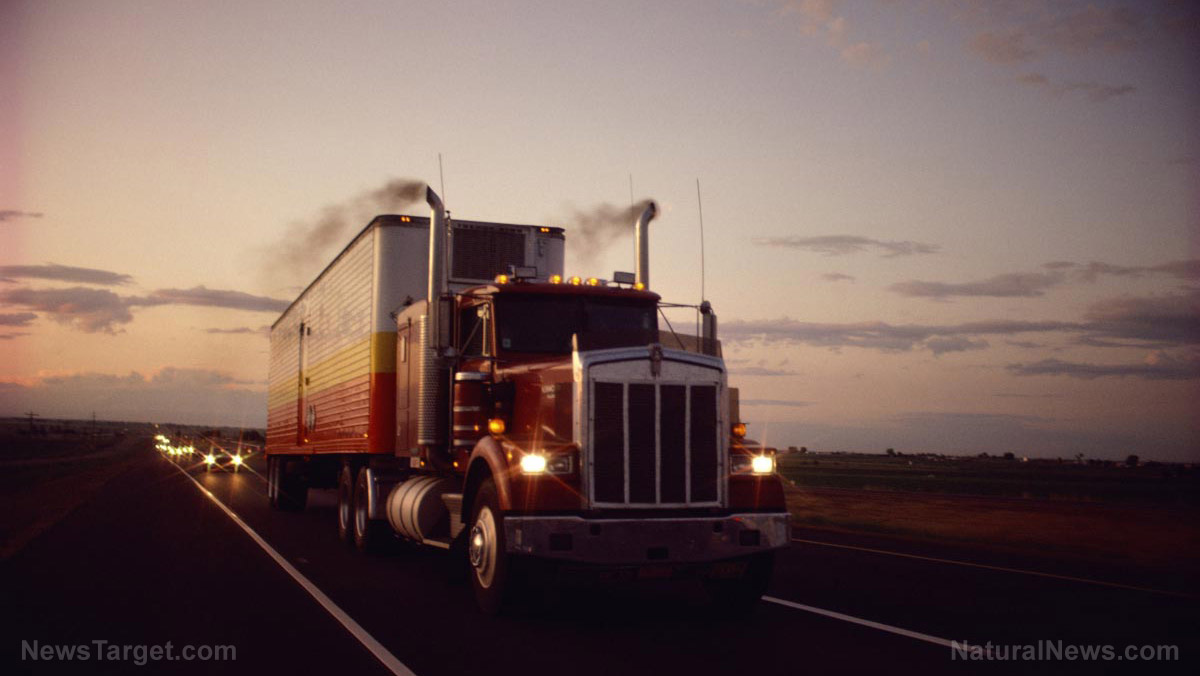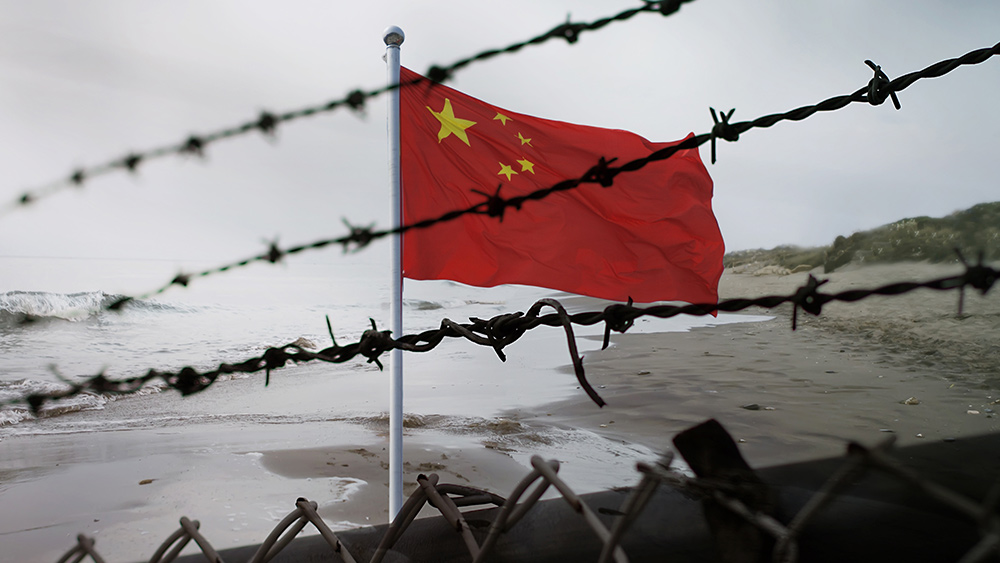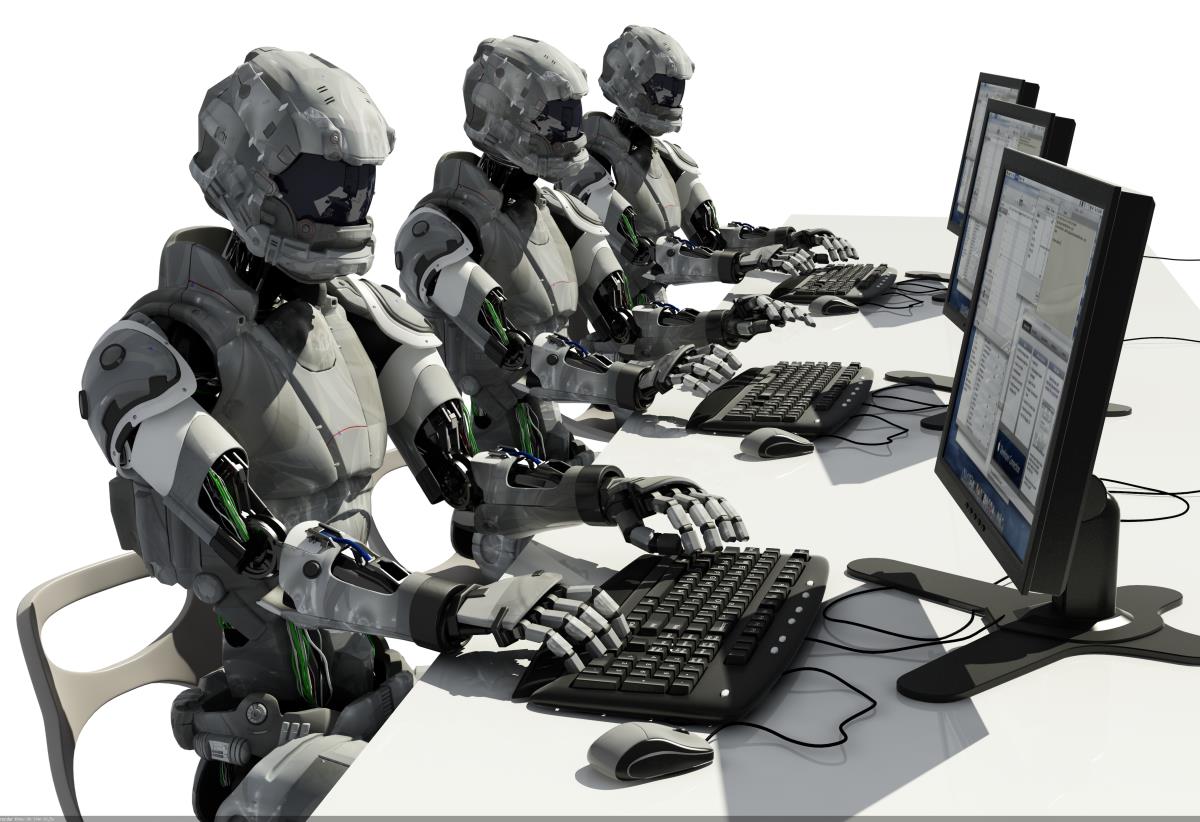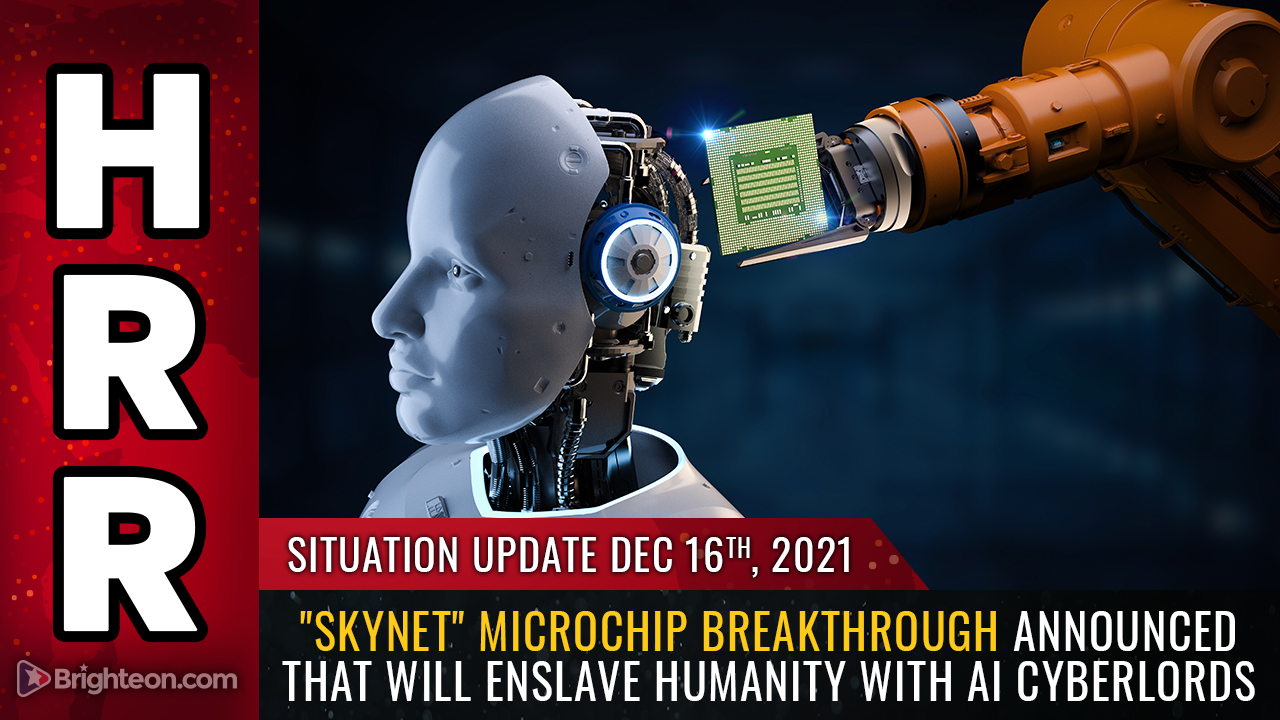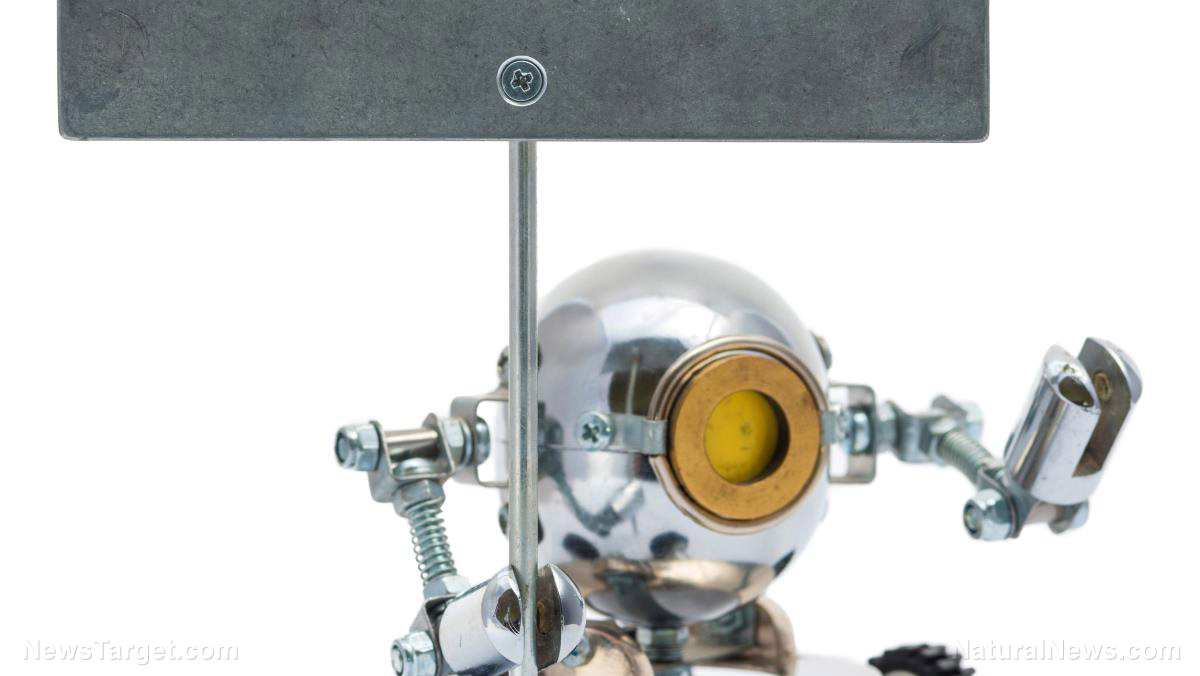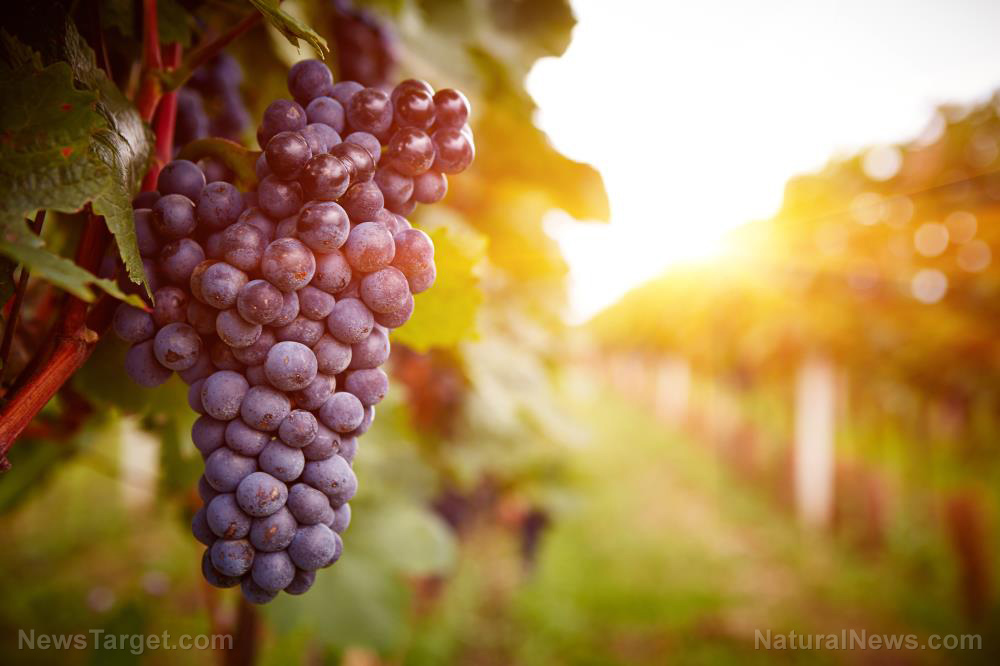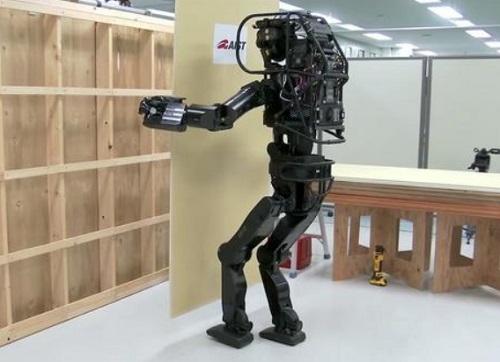Agriculture robot watches crops grow, providing data, analyses in real-time
04/16/2018 / By Edsel Cook

A new crop phenotyping robot can take over the tedious task of watching over growing crops. The autonomous agricultural robot can analyze plants and transmit its findings in real-time, according to an article in ScienceDaily.
Developed by a University of Illinois (U. of I.) research team, TerraSentia is 13 inches wide and weighs only 24 pounds. It is light enough to avoid damaging any young plants, and its compact frame allows it to fit on the seat of a truck or the trunk of a car.
The cameras and sensors mounted on its four-wheeled chassis can evaluate the features of individual plants. Those readings can be sent to the user’s smartphone or computer on a real-time basis.
A TerraSentia robot comes with an app and tablet. Users can drive it using a combination of GPS and virtual reality.
According to its developers, TerraSentia can be customized and taught to work more efficiently. The U. of I. researchers are writing machine-learning algorithms that will let the robot recognize common diseases. Other algorithms will provide it with the physical parameters of a plant that it needs to measure, such as height and biomass.
“These robots will fundamentally change the way people are collecting and utilizing data from their fields,” said Girish Chowdhary, an agricultural and biological engineering professor who leads the TerraSentia project. (Related: The Japanese have developed a crop-saving robotic wolf to scare off wild boars.)
Robots can identify what plants will grow best in a location
According to plant biology professor Carl Bernacchi, the new robot can figure out why plant varieties react differently to their surroundings. Plant breeders can use the data acquired by TerraSentia to determine the genetic lineages that will give the best quality and highest yield of crops in an area.
Bernacchi and his fellow professor Stephen P. Long collaborated with the U. of I. project. They identified what characteristics of a plant should receive priority measurement.
According to him, the ability to rapidly measure every plant in a field would be of immense benefit to farmers.
“Crop breeders may want to grow thousands of different genotypes, all slightly different from one another, and measure each plant quickly. That’s not possible right now unless you have an army of people – and that costs a lot of time and money and is a very subjective process,” Bernacchi explained.
He believes TerraSentia and other robots could do the same work in a cheaper, faster, and more accurate manner.
TerraSentia robot will fill big gap in agricultural market
Professor Chowdhary and his team developed TerraSentia as the middle ground between big machinery that can service sizable areas and humans who move at a slower pace while handling tasks that require precision.
“There’s a big market for these robots not only in the U.S., where agriculture is a profitable business, but also in developing countries such as Brazil and India, where subsistence farmers struggle with extreme weather conditions such as monsoons and harsh sunlight, along with weeds and pests,” Chowdhary said.
The U. of I. has adopted a phased introduction process for TerraSentia robots. Twenty units will undergo field testing with seed companies, American universities, and partners in other countries.
If all goes well, TerraSentia will become available in 2021. The price tag for some models could go below $5,000, which would make them very attractive to farmers.
“We’re getting this technology into the hands of the users so they can tell us what’s working for them and what we need to improve. We’re trying to de-risk the technology and create a product that’s immediately beneficial to growers and breeders in the state of Illinois and beyond,” Chowdhary said.
Find out more at Robotics.news.
Sources include:
Submit a correction >>
Tagged Under:
agricultural market, agricultural robot, agriculture, automation, autonomous, crop phenotyping robot, crops, farm robot, farmers, farming, food crops, future tech, harvest, machine learning, robotics, robots, TerraSentia robot, weird science
This article may contain statements that reflect the opinion of the author
RECENT NEWS & ARTICLES
COPYRIGHT © 2017 ROBOTS NEWS


